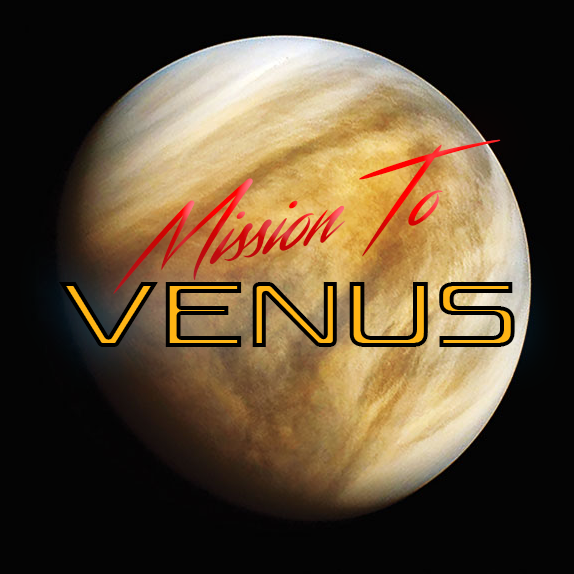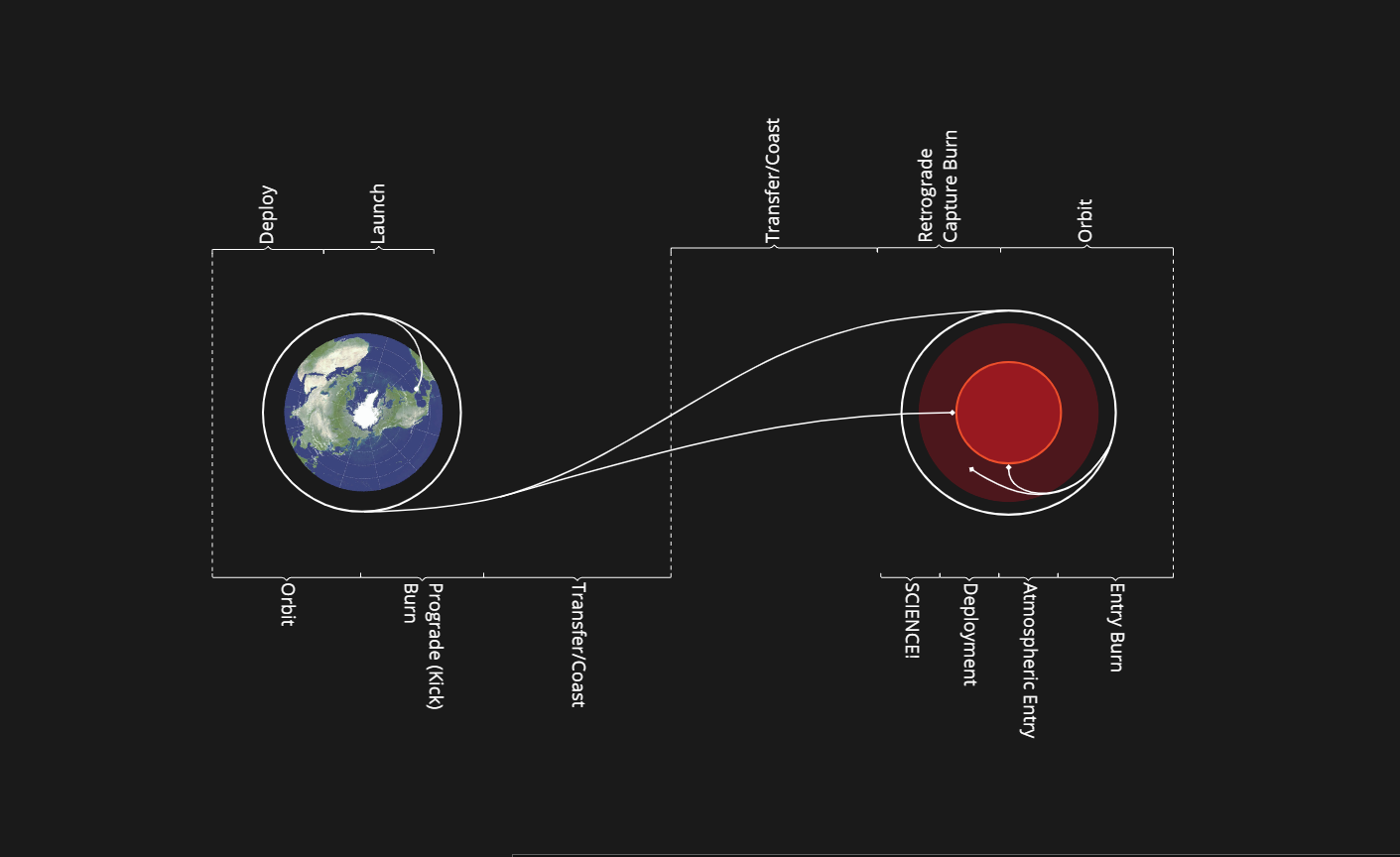Mission To Venus
Understanding Venus like never before


Mission to Venus (MTV) plans to investigate Venus
Once at Venus, the spacecraft would complete specific scientific objectives such as to: Understand the history of volatiles and liquid water on Venus and history of habitability;
Understand historic geological activity and if Venus is active today; Understand coupling between surface and the atmosphere.

The Venusian environment poses many issues.
Venus is, in many ways, Earth’s twin. Its similar in size, mass, and distance from the sun but the surface conditions on Venus are vastly different to the life supporting conditions found on Earth.

Launch set for 2036
Since the Magellan mission in 1994, there have been advances in technology that could give clearer maps of the surface, more conclusive analysis of the atmospheric and geologic makeup and facilitate longer-lived trips into the atmosphere itself.
Key challenges and issues faced
Surface temperatures up to 470 ̊C and surface pressure 90 times that on Earth
Thick toxic clouds that contain sulphuric acid between 45km and 70km
Wind speeds on Venus can be extreme, up to 100m/s
Venus lacks a traditional magnetosphere, which means solar radiation penetrates largely unimpeded into the upper and middle atmosphere
There is a consensus that lightning occurs on Venus, which means that lightning may strike any in-atmosphere probes during their several-month lifespans.
It is important to ensure that any flying probe sent to Venus can withstand flight through a volcanic ash cloud as investigating tectonic and volcanic activity